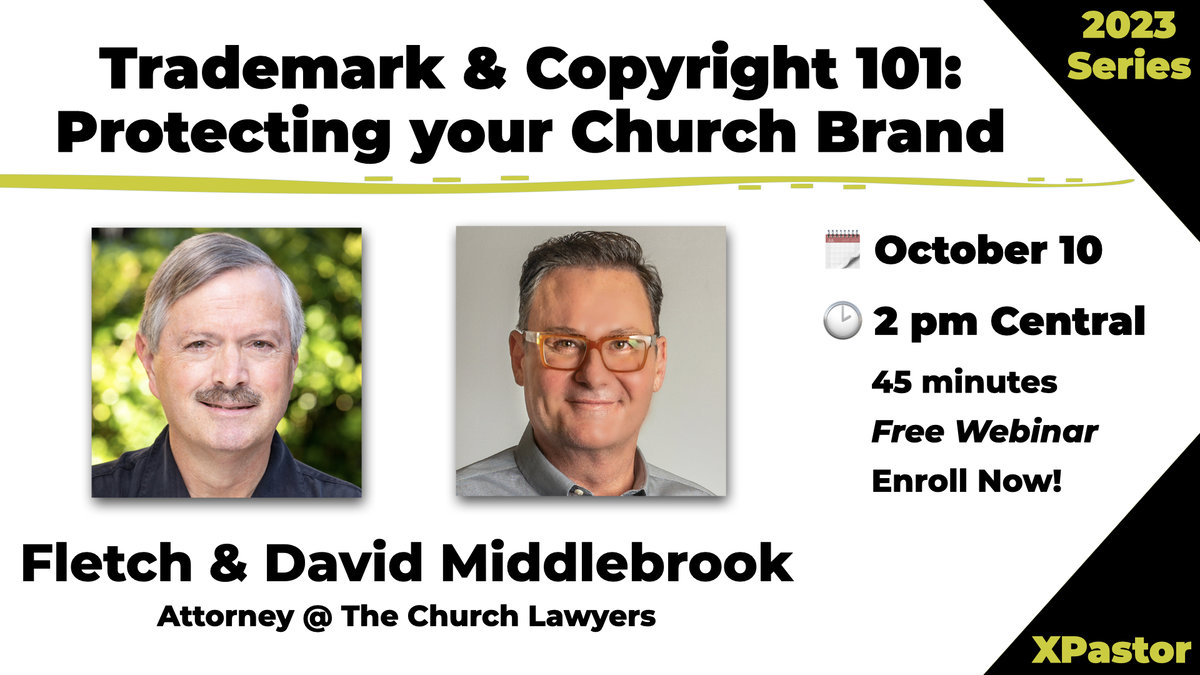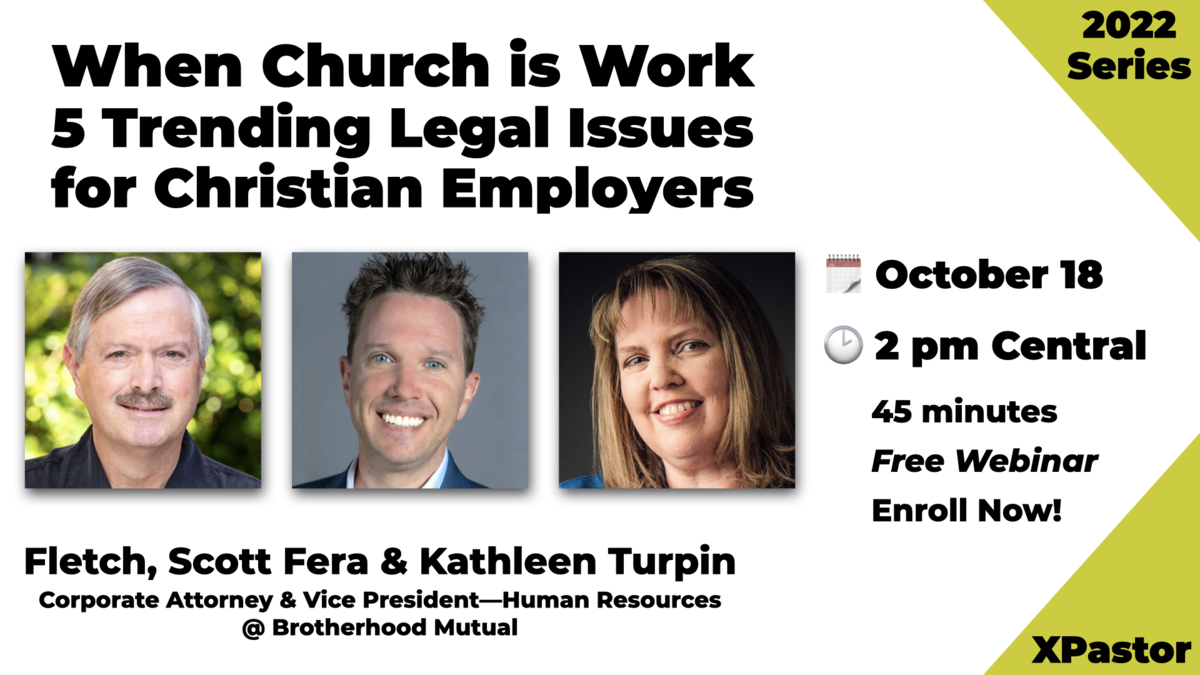Thursday, November 1, 2018
Hey Fletch … I’ve been reading about designated funds and I’m still confused. Do you have a tax expert or attorney who can also comment on the issue?
DRF—We have done several “Hey Fletch” columns on the issue in the last few months. Let me ask attorney Steven Goodspeed to comment on this. He is a shareholder at Middlebrook | Goodspeed and an expert on church law issues.
Steven—It is possible for a donor to make a contribution designating an individual, project or program and still allow the donor to receive a charitable tax deduction (IRS Letter Ruling 200530016, 2005).
What the church wants to avoid is taking contributions earmarked by a donor for a particular individual, project or program. The distinction between an expressed desire or preference and an impermissible earmark is somewhat nuanced, but is a distinction with a difference.
It is necessary to ensure that on a relevant portion of the website where the donation is made or on the offering envelope, that there are words like “An individual may express their desire for how a donation is to be used; however, the church maintains exclusive control, under its policies, of both the administration, use and distribution of the funds, unless funds are accepted by the church under a separate written agreement or in response to a specific fundraising campaign where funds are received as designated for a specific purpose.”
It should be noted that benevolence fund and scholarship contributions can raise specific issues that should be considered as special situations and may require legal counsel assistance; also, it is helpful if, in actuality, it can be demonstrated that at times some donor’s desire was in fact not followed so that the church avoid there being a claim that a commitment or understanding existed between the church and its donors.











